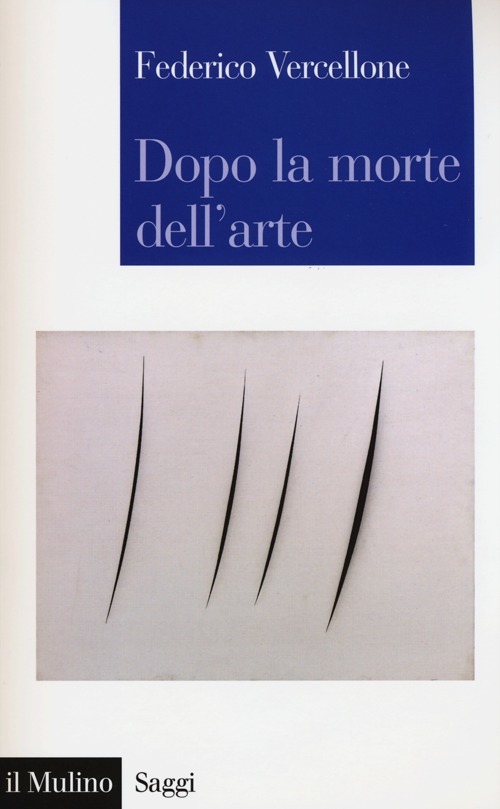After the Death of Art
ISBN: 9788815244260
publisher: Il Mulino
year: 2013
pages: 157
For almost two hundred years the question of the death of art has intrigued philosophers and been a challenge to artists. The story begins with a short sentence in Hegel’s Lectures on Aesthetics: ‘art, considered in its highest vocation, is and remains for us a thing of the past.’ In other words, art no longer satisfies humanity’s highest spiritual needs, which are better represented by religion and philosophy. This short sentence, so ambiguous and insidious, started a debate which has continued down to the present day. This book retraces its history in search of indications for the present day.
From Hegel and his immediate successors, the book continues with Nietzsche, goes on through conceptual art and artists like Joseph Kosuth and art historians like Giulio Carlo Argan and Hans Belting before returning to philosophers like Arthur Danto, and finally discussing the now crucial problem of relational aesthetics and interactivity in the world of art. A final discussion centres on the current importance of public art, a new possible horizon of lost classicism.
What emerges is the never-ending and extremely fruitful story of a happy misunderstanding: the announcement of the secondary status of art in the contemporary context is transformed into a death certificate. For the most part, the interpreters of this misunderstanding proceed with caution: in many cases what occurs is not dramatic death, but the opening up of a metamorphic destiny: art fades as a beautiful world of appearance dominated by philosophy, which delimits its jurisdiction, applications and boundaries; but it begins a quite different, independent journey, where it learns to reflect alone on itself, where it lays claim to media that are specifically and solely artistic, and reclaims a public role which modern aesthetic consciousness, too turned in on itself, had denied it. The story of the death of art has obvious interest, then, for those people, from a wide variety of fields of expertise, who venture into the magmatic world of the image.

